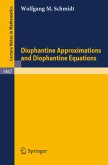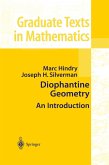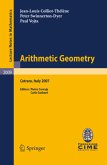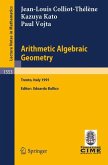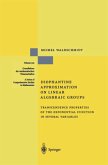The author had initiated a revision and translation of"Classical Diophantine Equations" prior to his death.Given the rapid advances in transcendence theory anddiophantine approximation over recent years, one might fearthat the present work, originally published in Russian in1982, is mostly superseded. That is not so. A certain amountof updating had been prepared by the author himself beforehis untimely death. Some further revision was prepared byclose colleagues.The first seven chapters provide a detailed, virtuallyexhaustive, discussion of the theory of lower bounds forlinear forms in the logarithms of algebraic numbers and itsapplications to obtaining upper bounds for solutions to theeponymous classical diophantine equations. The detail mayseem stark--- the author fears that the reader may reactmuch as does the tourist on first seeing the centrePompidou; notwithstanding that, Sprind zuk maintainsapleasant and chatty approach, full of wise and interestingremarks. His emphases well warrant, now that the bookappears in English, close studyand emulation. In particularthose emphases allow him to devote the eighth chapter to ananalysis of the interrelationship of the class number ofalgebraic number fields involved and the bounds on theheights of thesolutions of the diophantine equations. Thoseideas warrant further development. The final chapter dealswith effective aspects of the Hilbert IrreducibilityTheorem, harkening back to earlier work of the author. Thereis no other congenial entry point to the ideas of the lasttwo chapters in the literature.
Hinweis: Dieser Artikel kann nur an eine deutsche Lieferadresse ausgeliefert werden.
Hinweis: Dieser Artikel kann nur an eine deutsche Lieferadresse ausgeliefert werden.



